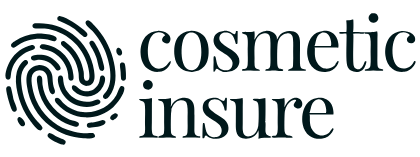When you step into the clinic for your first Botox injection appointment, imagine a serene environment where everything is meticulously arranged to put you at ease. You’ll begin with a thorough consultation covering your facial anatomy, skin texture, and muscle activity. Your practitioner will also review your medical history to pinpoint any potential issues. Once that’s done, you’ll collaborate on a personalised treatment plan tailored to your goals. The actual injections are quick and usually involve minimal discomfort. But what happens next? Let’s explore the immediate aftercare and what you can expect in the following days.
Key Takeaways
– Comprehensive assessment of facial anatomy, skin texture, and muscle activity.
– Detailed review of medical history to ensure treatment safety.
– Creation of a personalised treatment plan based on individual goals.
– Quick, minimally uncomfortable procedure with results visible in a few days.
– Post-procedure care includes avoiding strenuous activities and applying a cold compress.
Initial Consultation
During your initial discussion, the practitioner will thoroughly assess your facial anatomy to determine the best approach for your Botox treatment. They’ll examine your skin texture, muscle activity, and expression patterns to create a tailored plan. This evaluation is essential for achieving optimal results and minimising potential side effects.
Your practitioner will explain how Botox works and highlight the long term benefits, such as smoother skin and reduced appearance of fine lines and wrinkles. They’ll discuss how the treatment can prevent deeper lines from forming over time, offering a proactive approach to maintaining a youthful appearance.
Understanding the potential side effects is also crucial. Common side effects include minor bruising, swelling, or redness at the injection sites. Your practitioner will provide guidance on how to manage these, ensuring they resolve quickly. They’ll also inform you about rare but serious side effects, such as drooping eyelids or asymmetry, and what to do if these occur.
The discussion is your opportunity to ask questions and express any concerns. By the end, you should have a clear understanding of the procedure, its benefits, and any risks involved. This guarantees you’re fully informed and confident in your decision to proceed with Botox.
Medical History Review
Before proceeding with the injections, your practitioner will conduct a thorough review of your medical history to ensure the treatment is safe and suitable for you. They’ll start by asking about any pre-existing medical conditions, current medications, and past cosmetic procedures. This is essential because certain medications and conditions could increase the risk of potential side effects.
Your practitioner will also inquire about any allergies and sensitivities you might have. Botox contains botulinum toxin, and while rare, allergic reactions can occur. Knowing your allergy history helps your practitioner take the necessary precautions to minimise any risk.
They’ll also evaluate your skin’s condition and discuss any previous adverse reactions to treatments or injections.
Moreover, your practitioner will ask about lifestyle factors that could impact your Botox results. This includes smoking habits, alcohol consumption, and any recent illnesses. These factors can influence both the efficacy and safety of the treatment.
For women, it’s important to disclose if you’re pregnant or breastfeeding, as Botox isn’t recommended in these cases.
Treatment Planning
Your practitioner will develop a personalised treatment plan based on your specific goals and medical history. They’ll discuss various treatment options tailored to address your concerns, whether it’s reducing fine lines, treating chronic migraines, or managing excessive sweating. The plan will consider your skin type, age, and any previous treatments you’ve had.
During this discussion, your practitioner will also inform you about potential side effects. These can range from mild bruising and swelling at the injection site to more uncommon reactions such as headaches or temporary muscle weakness. Knowing these possibilities helps you make an informed decision about proceeding with the treatment.
It’s essential to communicate openly about your expectations and any apprehensions you might have. Your practitioner will outline the anticipated results and give you a realistic timeframe for when you might start seeing improvements. They may also discuss the number of sessions required to achieve best results and the maintenance schedule needed to sustain them.
The Injection Process
The practitioner will cleanse the targeted area thoroughly to minimise the risk of infection. This step guarantees that any contaminants are removed, providing a sterile environment for the injections.
Next, they’ll use a fine needle to administer the Botox, employing a precise injection technique tailored to your specific facial anatomy and treatment goals. The number of injections and the specific locations will vary depending on the areas you’re treating.
Regarding the pain level, most patients report minimal discomfort. The needle is very fine, and the injections are quick. Some describe the sensation as a tiny pinch or a slight pressure. If you’re particularly sensitive, you can ask your practitioner to apply a topical numbing cream beforehand to further reduce any potential discomfort.
Throughout the process, the practitioner will monitor your facial muscles’ response to ensure the Botox is distributed evenly and effectively. The entire procedure typically takes about 10 to 30 minutes, depending on the extent of the treatment.
Immediate Aftercare
Right after your Botox injections, it’s crucial to follow specific aftercare instructions to maximise outcomes and minimise side effects. Begin by refraining from strenuous activities for at least 24 hours to assist in managing swelling and preventing bruising.
Applying a cold compress intermittently can help decrease swelling and offer pain relief. However, avoid applying direct pressure on the treated areas. Abstain from touching, rubbing, or massaging the injection sites for at least 24 hours. This precaution helps prevent the Botox from spreading to unintended areas, which can result in complications.
To further aid in bruising prevention, refrain from consuming alcohol and blood-thinning medications like aspirin and ibuprofen for a few days after the treatment. Your recovery timeline varies depending on individual healing processes, but most individuals observe initial results within a few days, with full effects visible in about two weeks.
To support excellent healing, keep your head elevated for several hours and avoid lying down immediately after the procedure. While mild discomfort is common, any persistent pain should be managed with over-the-counter pain relief, and you should seek advice from your healthcare provider if you experience severe symptoms.
Follow-Up and Results
Observing the progression of your Botox results and scheduling appropriate follow-up appointments is vital for best outcomes and long-term satisfaction. Typically, you’ll start to notice the effects within three to five days, with full results visible after about two weeks. It’s important to attend a follow-up appointment around this time to assess the treatment’s success and make any necessary adjustments.
Post-treatment maintenance is key to sustaining your desired appearance. Botox isn’t permanent; its effects generally last between three to six months. Regular follow-up sessions will help maintain the results and manage long-term effects, ensuring that your facial muscles don’t revert to their pretreatment state. Your practitioner will guide you on the best schedule for subsequent injections based on your individual needs and response to the treatment.
During follow-up appointments, your practitioner will evaluate the effectiveness of the Botox and check for any adverse reactions. They’ll also discuss any changes in your aesthetic goals or health status that might influence future treatments.
Consistent communication and adherence to recommended follow-up care will maximise the benefits and longevity of your Botox injections, ensuring you remain satisfied with the results over time.
Frequently Asked Questions
How Long Does the Botox Procedure Take From Start to Finish?
The Botox procedure typically takes 10-15 minutes. Recovery time is minimal, with some possible side effects like redness or swelling. You’ll see results in a few days, requiring maintenance every 3-6 months for best effects.
Are There Any Activities I Should Avoid After Getting Botox?
To avoid throwing caution to the wind, steer clear of strenuous physical activity and sun exposure for at least 24 hours after Botox. These exercise restrictions and sun exposure limitations help achieve best possible results and minimise side effects.
Will the Injections Be Painful?
You might experience minor discomfort during the injections, but pain management is typically effective. Practitioners often use ice or numbing cream. Employing relaxation techniques can also help reduce any anxiety and make the process smoother.
Can I Wear Makeup to My Botox Appointment?
Absolutely, wearing makeup to your Botox appointment is like bringing sand to the beach. You’ll need to undergo makeup removal before the procedure. Post care advises avoiding makeup for at least 24 hours to achieve the best results.
Conclusion
When you step out of your first Botox appointment, you’ll feel confident knowing your personalised treatment plan is tailored just for you.
With the practitioner’s expertise guiding you, you’ll experience minimal discomfort and receive clear aftercare instructions.
Remember, it’s a journey to smoother skin—patience is key.
You’ll soon see that Botox, like a fine wine, only gets better with time.
Rest assured, you’re in good hands as you start on this path to rejuvenation.




